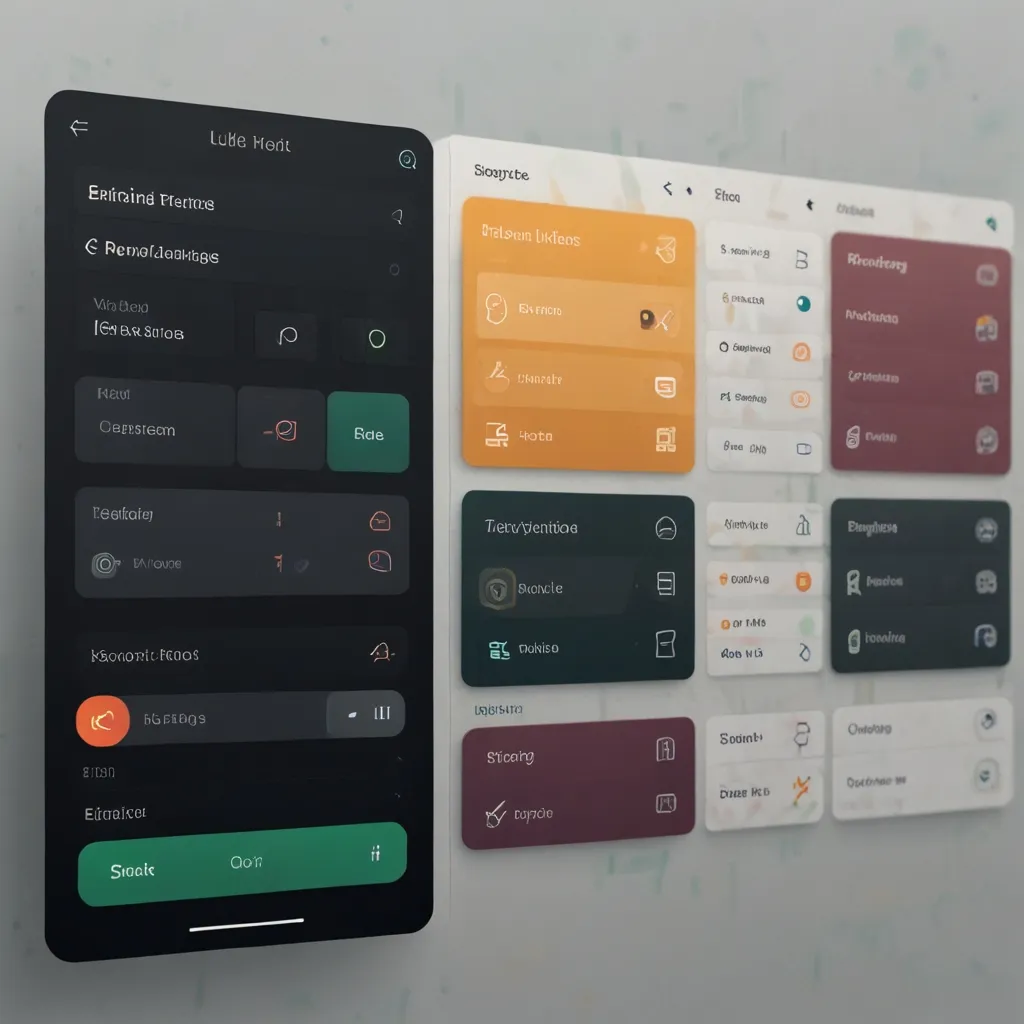Getting Rolling with Play Framework: Your Go-To Guide
Dreaming of building slick, modern web apps that don’t bog down under heavy traffic? Say hello to the Play Framework. It’s a game-changer, fitting perfectly whether you’re partial to Java or Scala. Think lightweight, stateless, and ridiculously efficient. It’s like upgrading from a bicycle to a sports car in the world of web development.
What Even is Play Framework?
Imagine a tool that lets you whip up web applications quickly without sacrificing quality. That’s the Play Framework for you. It sits comfortably on Scala but opens its arms to Java too, so you can use whichever you’re comfy with. It’s like giving you a treasure chest of power and flexibility, all wrapped in clean, functional programming ideas, making your coding life that much easier.
Setting Up Shop
Before you dive into creating cool stuff with Play, you need to set up your playground. Here’s the down-low:
You’ve got to install the Play Framework. Head over to the official site, snag the download, and follow the simple steps to get it up and running. It comes with all the goodies you need.
Then, pick your weapon—I mean, your IDE. Whether it’s IntelliJ IDEA or Eclipse, a good IDE can shave off hours from your coding tasks with handy features like code completion, debugging, and project management.
Now, create your project structure. The Play Framework has a specific way it likes things organized. You’ll have directories for your code, configurations, and public files like CSS and images. Think of it as getting your tools in order before you start crafting.
Your First Play Application: A Walkthrough
Creating a new Play app isn’t rocket science; it’s more like assembling a neat LEGO set. Follow these steps, and you’ll be live in no time.
First, fire up a new project using the Play Framework’s command-line tool with something like sbt new playframework/play-scala-seed.g8 for a Scala-based project.
You’ll then see a pre-set structure. Your app directory houses your code, while conf has all those essential config files. Any static bits like images go into public.
Next, you’ll write a controller. Inside the app/controllers directory, you will find files like HomeController.scala—where all the magic begins. Here’s a mini snippet:
package controllers
import play.api.mvc._
class HomeController extends Controller {
def home = Action {
Ok("Welcome to my Play application!")
}
}
Now, lay down some routes. These little routes in the conf/routes file map URLs to your controller actions. Think of them as the GPS coordinates leading straight to your code.
GET / controllers.HomeController.home
Time to hit the play button—literally. Navigate to your project directory and run sbt run. Your server will start up, and you can check out your handiwork at http://localhost:9000.
Jazzing It Up with Templates
With Play, dynamic content shines with its templating engine. Templates are essentially Scala functions that you can tweak. Here’s a basic example:
@(message: String)
<!DOCTYPE html>
<html>
<head>
<title>My Play Application</title>
</head>
<body>
<h1>@message</h1>
</body>
</html>
From your controller, calling this template is a breeze:
package controllers
import play.api.mvc._
class HomeController extends Controller {
def home = Action {
Ok(views.html.home("Welcome to my Play application"))
}
}
Handling Forms and User Input Like a Pro
Forms are the bread and butter of web apps, and Play has a solid way to handle them. Using play.data.Form, you can manage inputs smoothly. Here’s how to get started:
Create a form to capture user details:
package controllers
import play.api.data.Forms._
import play.api.data._
import play.api.mvc._
class HomeController extends Controller {
val form = Form(
tuple(
"name" -> text,
"email" -> text
)
)
def submit = Action { implicit request =>
form.bindFromRequest().fold(
formWithErrors => BadRequest(views.html.form(formWithErrors)),
data => Ok(s"Hello, ${data._1} Your email is ${data._2}.")
)
}
}
Then design a form template:
@(form: Form[(String, String)])
<!DOCTYPE html>
<html>
<head>
<title>My Form</title>
</head>
<body>
@helper.form(action = routes.HomeController.submit) {
@helper.inputText(form("name"))
@helper.inputText(form("email"))
<input type="submit" value="Submit">
}
</body>
</html>
The Cool Stuff: Reactive Programming
Play isn’t just about getting the job done; it’s about doing it with a flair, like using reactive programming. Built atop of Akka, Play handles asynchronous operations seamlessly with Scala’s Future.
Check this out:
package controllers
import scala.concurrent.{ExecutionContext, Future}
import play.api.mvc._
class AsyncController extends Controller {
implicit val ec: ExecutionContext = ExecutionContext.global
def asyncAction = Action.async {
Future {
// Simulate some asynchronous operation
Thread.sleep(2000)
"Result from asynchronous operation"
}.map(Ok(_))
}
}
Streaming Data? No Problem
Play also makes streaming data feel like a walk in the park. Perfect for real-time apps like live updates. Here’s how to handle streaming with Play’s magic tools:
package controllers
import akka.stream.Materializer
import akka.stream.scaladsl.{Sink, Source}
import play.api.mvc._
import play.api.libs.streams._
class StreamController extends Controller {
implicit val mat: Materializer = Materializer.matFromSystem
def streamAction = Action.async {
val source = Source.single("Hello, world!")
val sink = Sink.foreach[String](println)
val result = source.runWith(sink)
result.map(_ => Ok("Stream processed"))
}
}
Wrapping It Up
The Play Framework is a dream come true for any developer wanting to craft top-tier web applications. Its lightweight, stateless nature, combined with support for both Java and Scala, allows for flexible, power-packed development. The reactive programming features, thanks to Akka, make handling asynchronous scenarios straightforward and fun.
Whether you’re dipping your toes into web development or are a seasoned coder looking to sharpen your tools, Play offers a powerful yet simple platform to elevate your projects. Dive in, start building, and watch your web applications come to life like never before.






